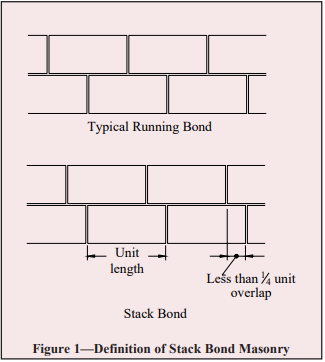Wisdom Behind The Wood #5: Joinery
Welcome back to the fifth installment of Wisdom Behind The Wood! This month we’re covering all about joinery. If you've ever screwed, glued, or hammered two pieces of wood together you've experience joinery firsthand. Joinery has been used for thousands of years, and techniques and machinery have definitely evolved in the last century. If you're interested in learning more about traditional joinery that is still used in furniture today click here.
There is often a trade-off between the speed of automated machinery and the quality that a skilled craftsperson can produce by hand, and we are very mindful of that at the Boardsmith. We aren’t opposed to technology in the slightest. But when it comes to joinery, our first question is always, “What will give us the BEST result?”
Every Piece is Hand Jointed
Butcher block is rectilinear, so everything we do is an exercise in precision. Each face must be dead flat and smooth, and every angle must be exactly 90 degrees. Any deviation creates gaps and cracks and significantly weakens the butcher block. Larger manufacturers typically employ automated moulding machinery that mills lumber very quickly -- but the results speak for themselves. There’s simply no substitute for a skilled craftsperson milling each board by hand on a jointer and then inspecting each glue joint to ensure a rock-solid butcher block.
Wood Glue
Prior to the 20th century, the predominant glue used by woodworkers was created from the hides and hooves of animals. In 1912, a German scientist discovered the first PVA glue. Also known as white glue, craft glue, and carpenter glue PVA glue has a wide variety of uses, is non-toxic, and creates a strong permanent bond. The leader in PVA glue adapted for wood is a company known as Titebond. They have a number of different formulations that utilize natural resins to change their properties to achieve different results. Titebond 3 is widely considered the gold standard for use in cutting boards. It is waterproof, non-toxic, and approved by the FDA for incidental food contact. Though it’s three times the cost of other PVA glues, we only use Titebond 3 in our butcher block. Other manufacturers will often use glue formulations that are less expensive... and less effective.
Our Signature Pattern
We stagger the blocks of wood in our end grain butcher block in what is known as a running bond. Running bonds have been used by masons for years to build houses, fences, and walls. This staggered pattern adds immense stability and strength to the board.

In addition, we always use 2" thick wood and utilize wide 4" blocks. Both of these factors help us minimize the number of glue joints in a board. Less glue joints equals fewer points of potential failure. A number of our competitors will use mismatched board widths and thinner stock resulting in a haphazard arrangement of joints.
Next time you cut on a Boardsmith block, think about the hours of skill and intention that went into making a cutting board to ensure every joint in your block will stand the test of time. We take a lot of pride in our joinery, and hope you do too!
About Nolan Russell
Nolan Russell is the Operations Manager at The Boardsmith. His blog segment dives deeper into the trees, lumber, and the science that make our butcher block the best in the world. Nolan is a Certified Arborist, former Tree Care Professional, and all-around tree nerd.

